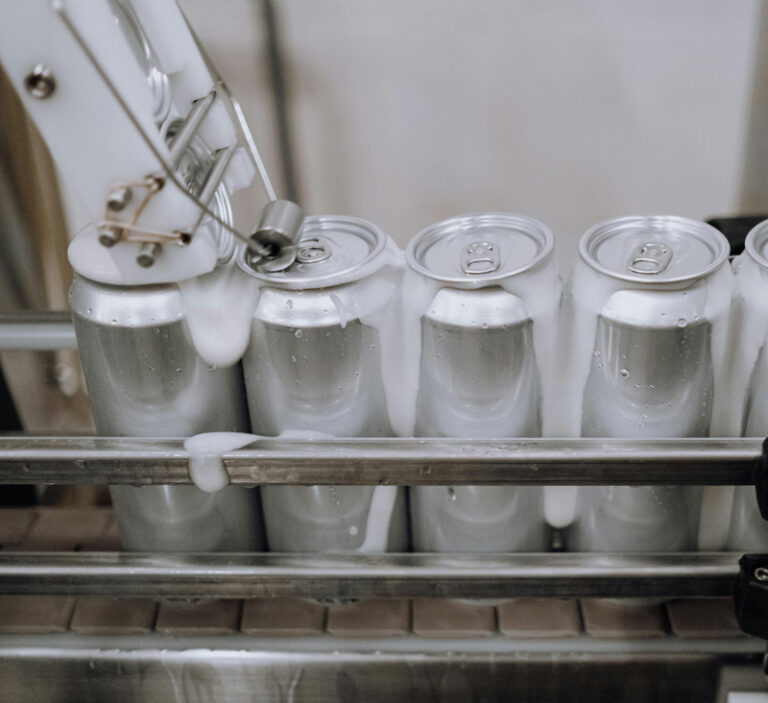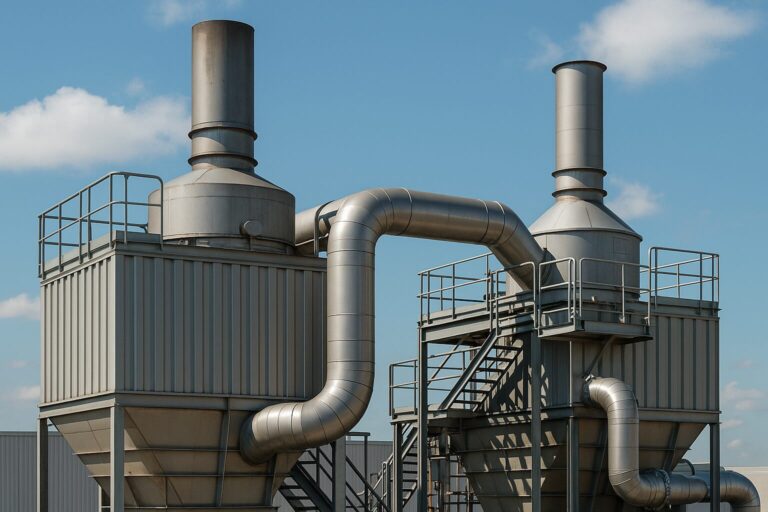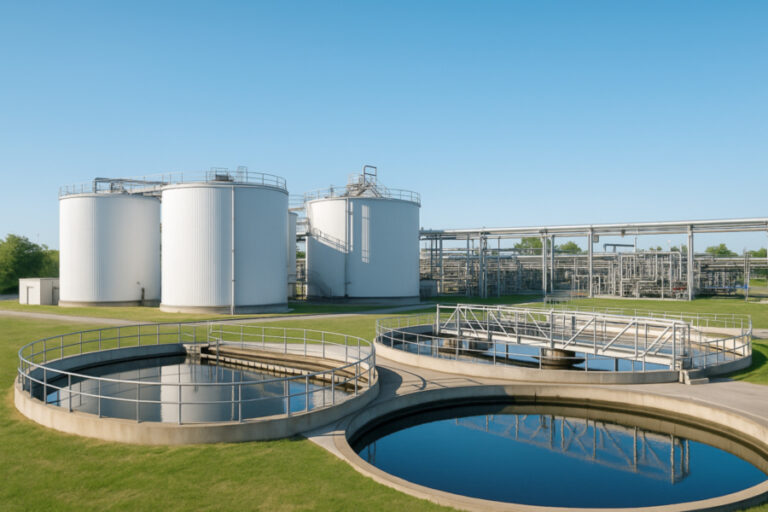Crystallization of high-salinity effluents plays a crucial role in achieving Zero Liquid Discharge (ZLD) and recovering valuable salts in industrial wastewater treatment. As industries face tighter discharge regulations, this advanced solution becomes essential for both environmental compliance and circular resource management.
Industrial processes often generate high-salinity effluents, posing environmental challenges due to their high salt concentrations. Traditional disposal methods, such as discharge into water bodies or deep well injection, are increasingly restricted due to environmental regulations. As emphasized by the U.S. Environmental Protection Agency, industries are turning to advanced treatment methods like crystallization to recover valuable salts and achieve zero liquid discharge (ZLD).
Crystallization is a thermal or evaporative process that induces the precipitation of dissolved salts, enabling their recovery in solid form. This technique is particularly beneficial in industries such as chemical manufacturing, mining, and desalination, where high-salinity waste streams are prevalent. By optimizing temperature, pressure, and other conditions, different salts can be crystallized and reused in industrial processes.
As industries strive for circular economy models, crystallization emerges as a viable solution to mitigate environmental impacts while transforming waste into valuable resources. The future of industrial effluent management lies in innovative technologies that promote resource recovery and environmental responsibility.
In addition to its efficiency in salt recovery, crystallization contributes to the minimization of brine volume, which is particularly relevant for regions facing water scarcity or where brine disposal is environmentally and logistically challenging. By converting concentrated brines into solid salts and minimal residual liquids, industries can significantly reduce their ecological footprint and meet increasingly strict discharge regulations.
The implementation of crystallization systems can vary depending on the nature of the effluent. For example, multi-effect evaporators combined with forced circulation crystallizers are commonly used for continuous salt separation. These systems are capable of handling varying concentrations and can be adapted to recover specific salts such as sodium chloride, sodium sulfate, or even rare earth elements, depending on the source composition.
Moreover, integrating crystallization into existing wastewater treatment facilities can enhance overall process efficiency. When combined with technologies like reverse osmosis, nanofiltration, or electrodialysis, crystallization serves as the final polishing step to close the loop and eliminate liquid waste altogether. This approach not only enables compliance with environmental norms but also reduces operational costs associated with brine handling and transportation.
From an economic perspective, the recovered salts may find new applications in industrial processes, de-icing, agriculture, or chemical feedstocks, depending on their purity. Thus, what was once considered a waste becomes a secondary raw material, aligning with circular economy principles and ESG (Environmental, Social and Governance) goals.
Ultimately, crystallization of high-salinity effluents represents more than just a technical solution—it is a strategic investment in sustainable water management. As regulations tighten and industries commit to greener operations, adopting crystallization technologies will not only ensure compliance but also demonstrate leadership in environmental stewardship.
To discover how crystallization and other advanced water treatment solutions can be implemented in real industrial scenarios, visit our Key Services and explore how we can support your sustainability goals.










